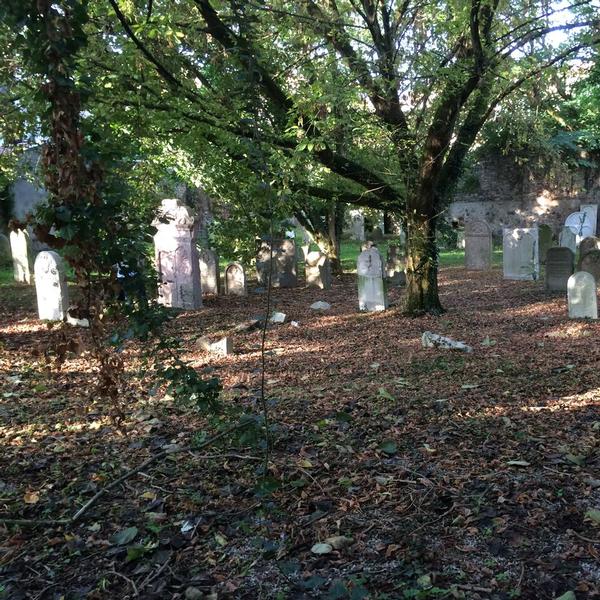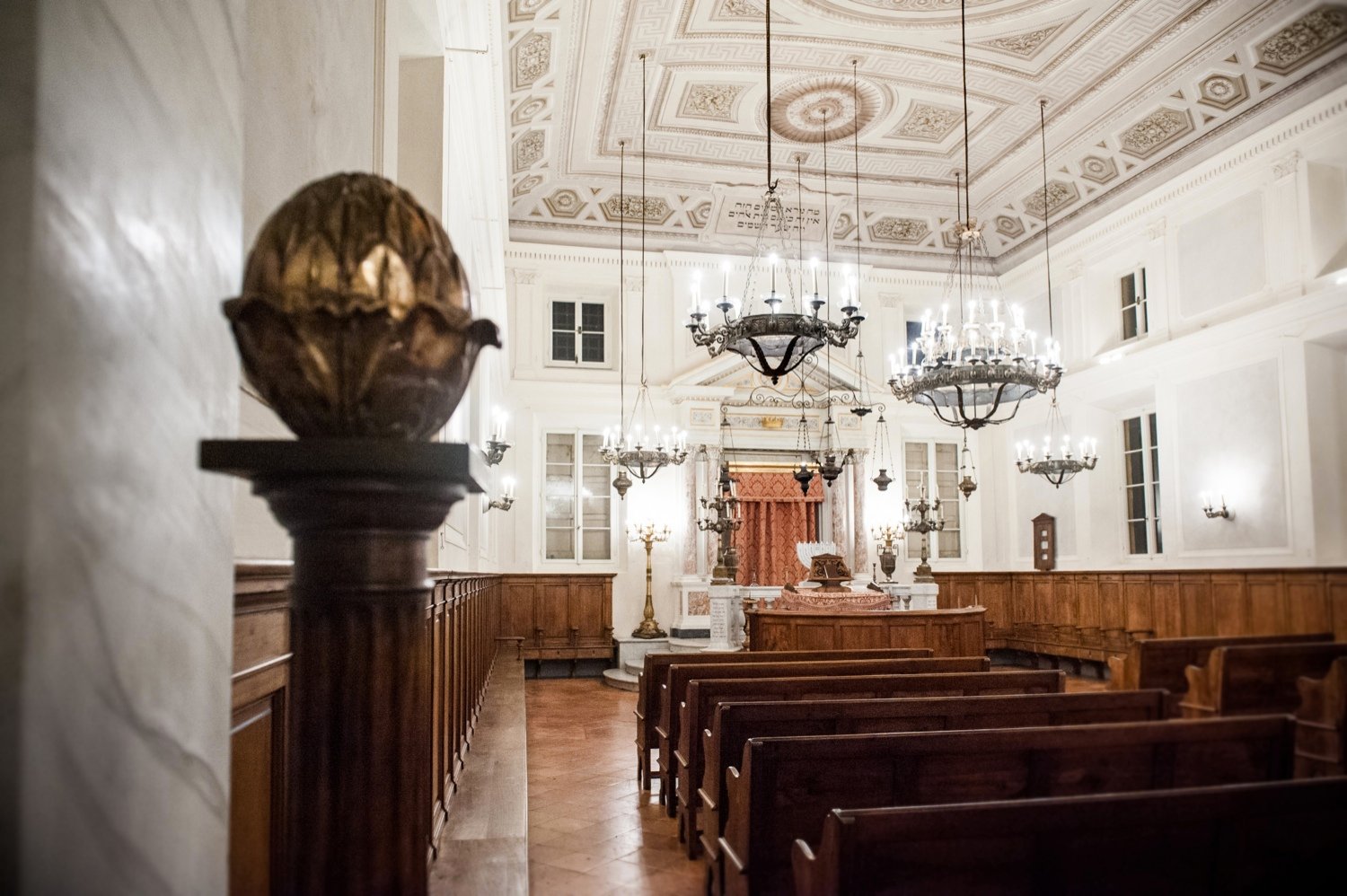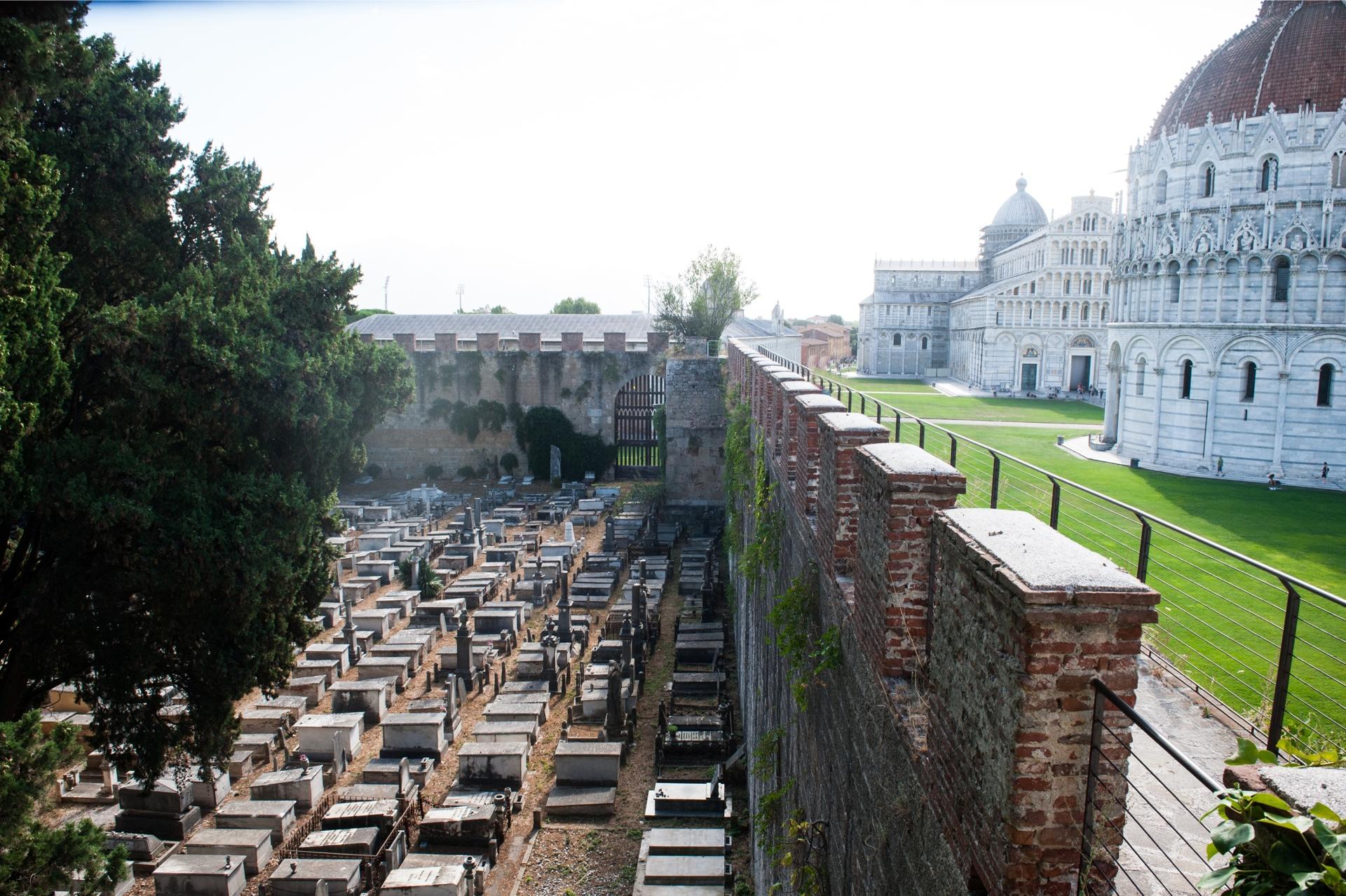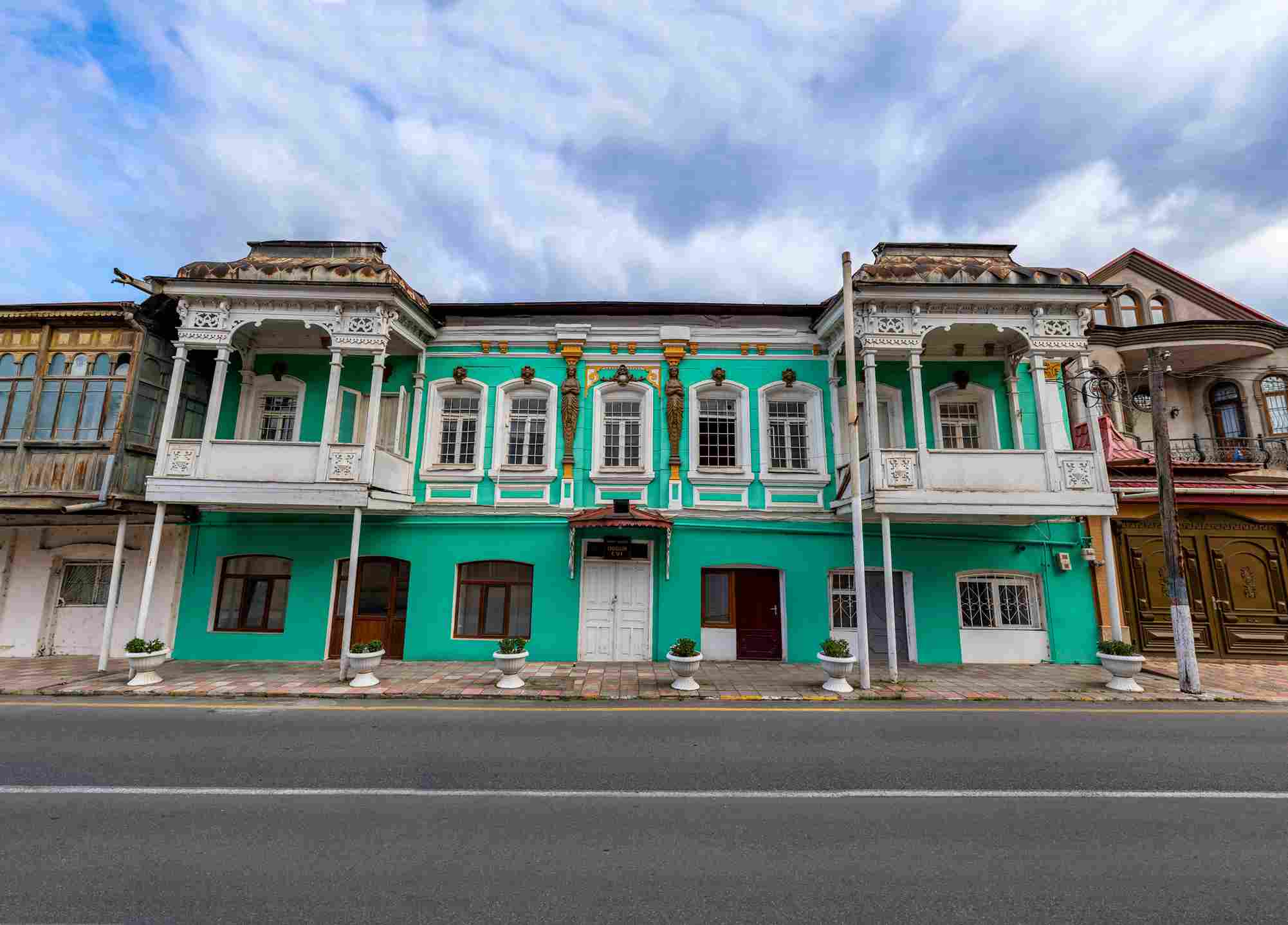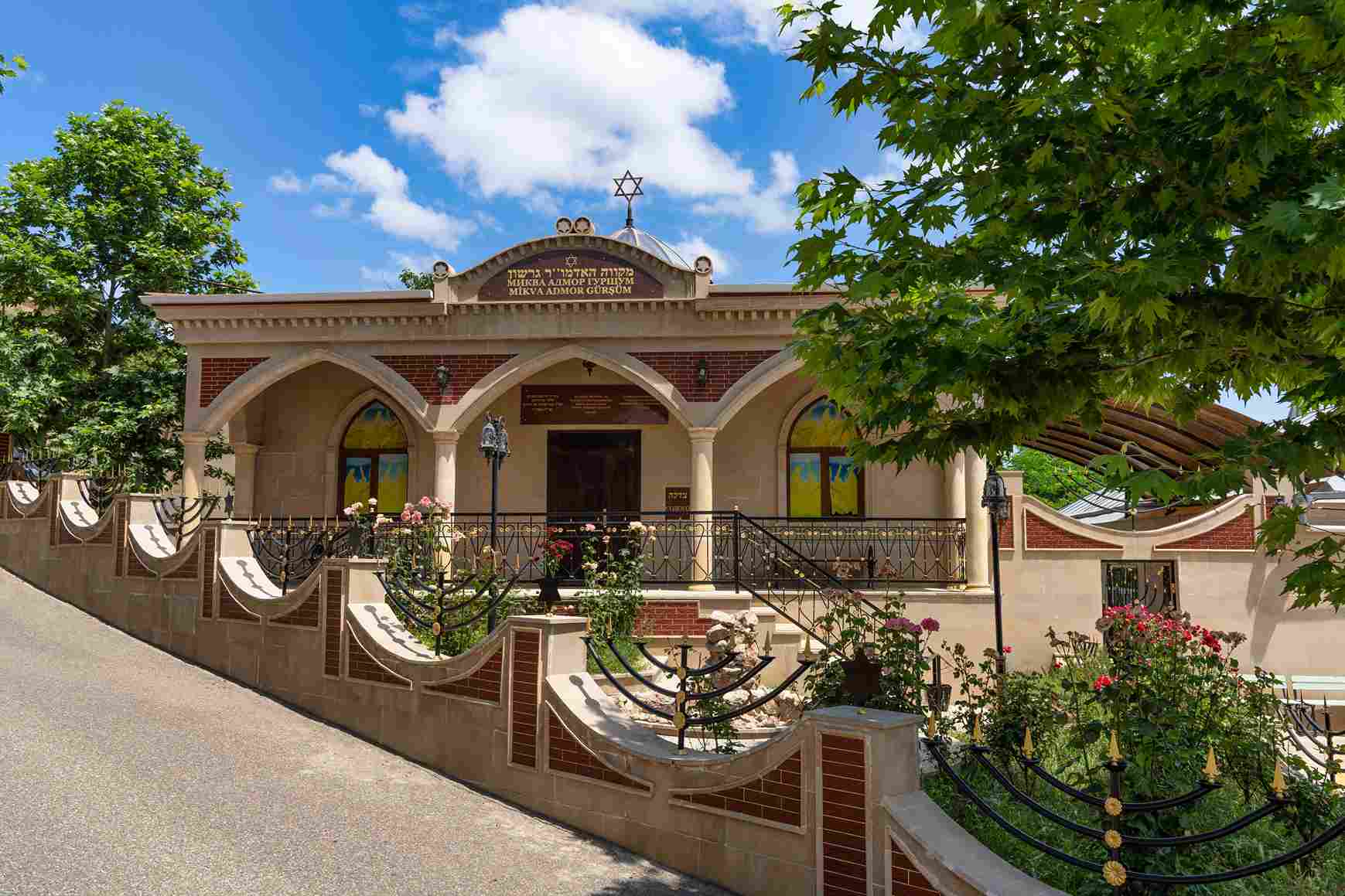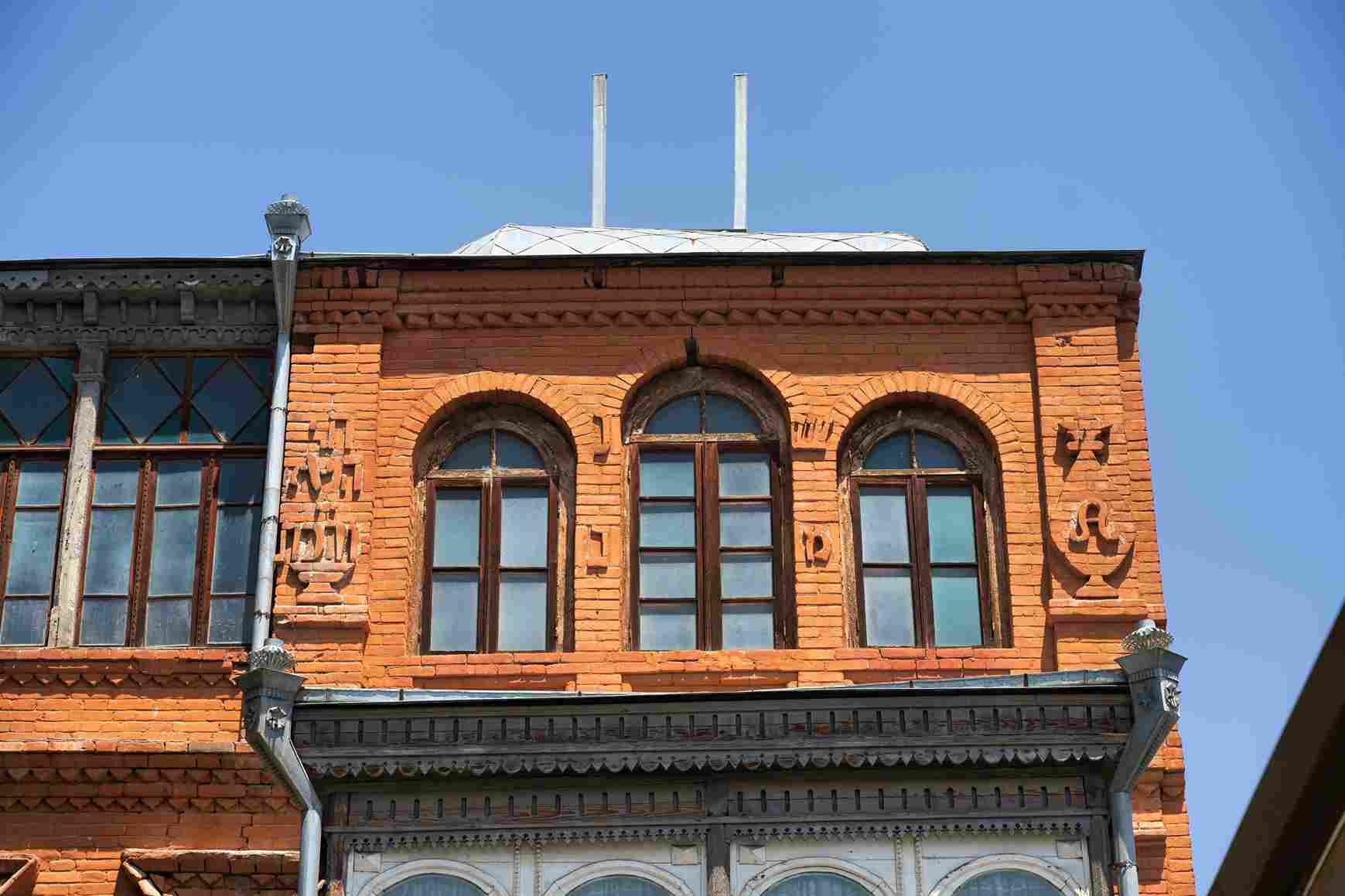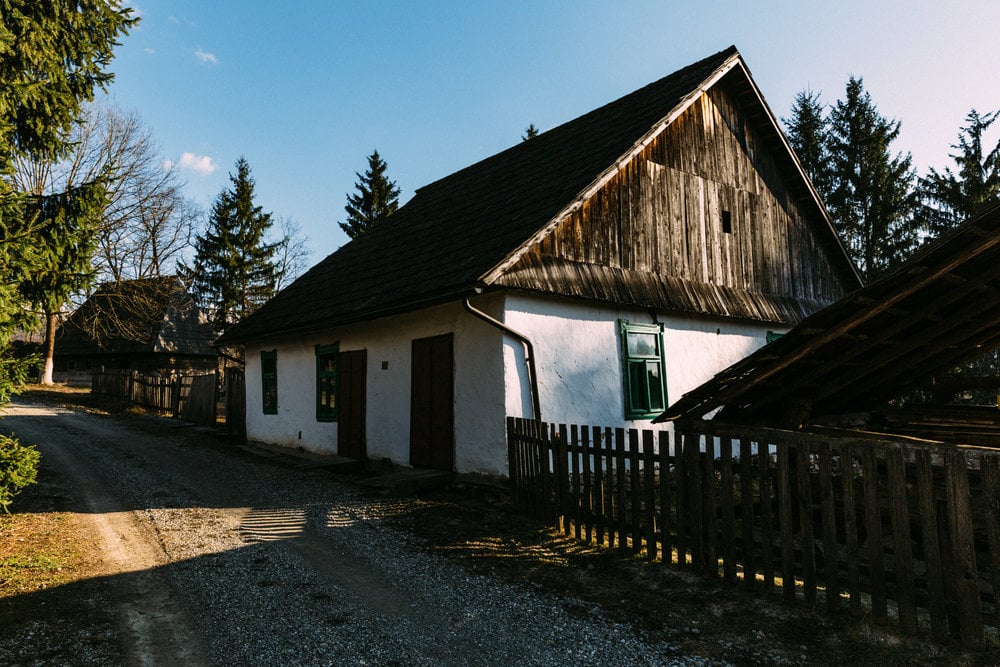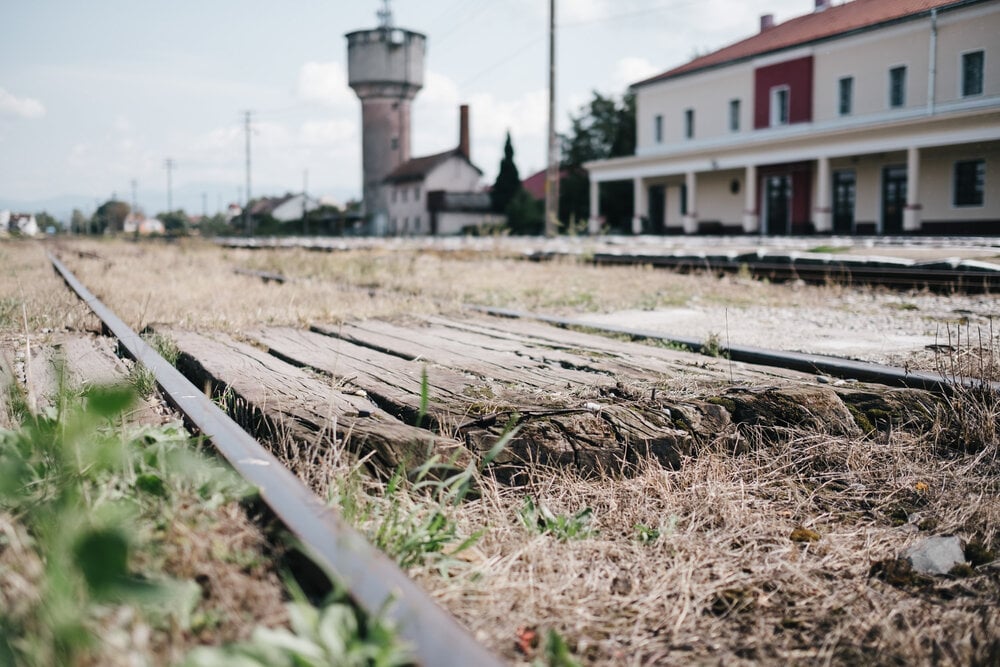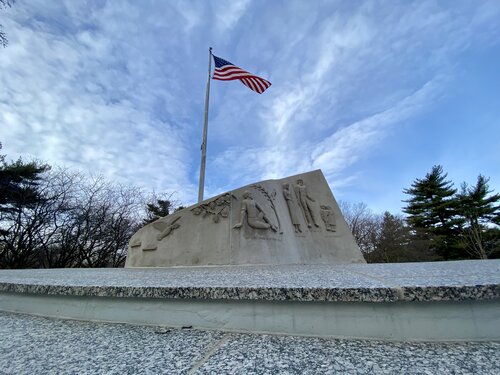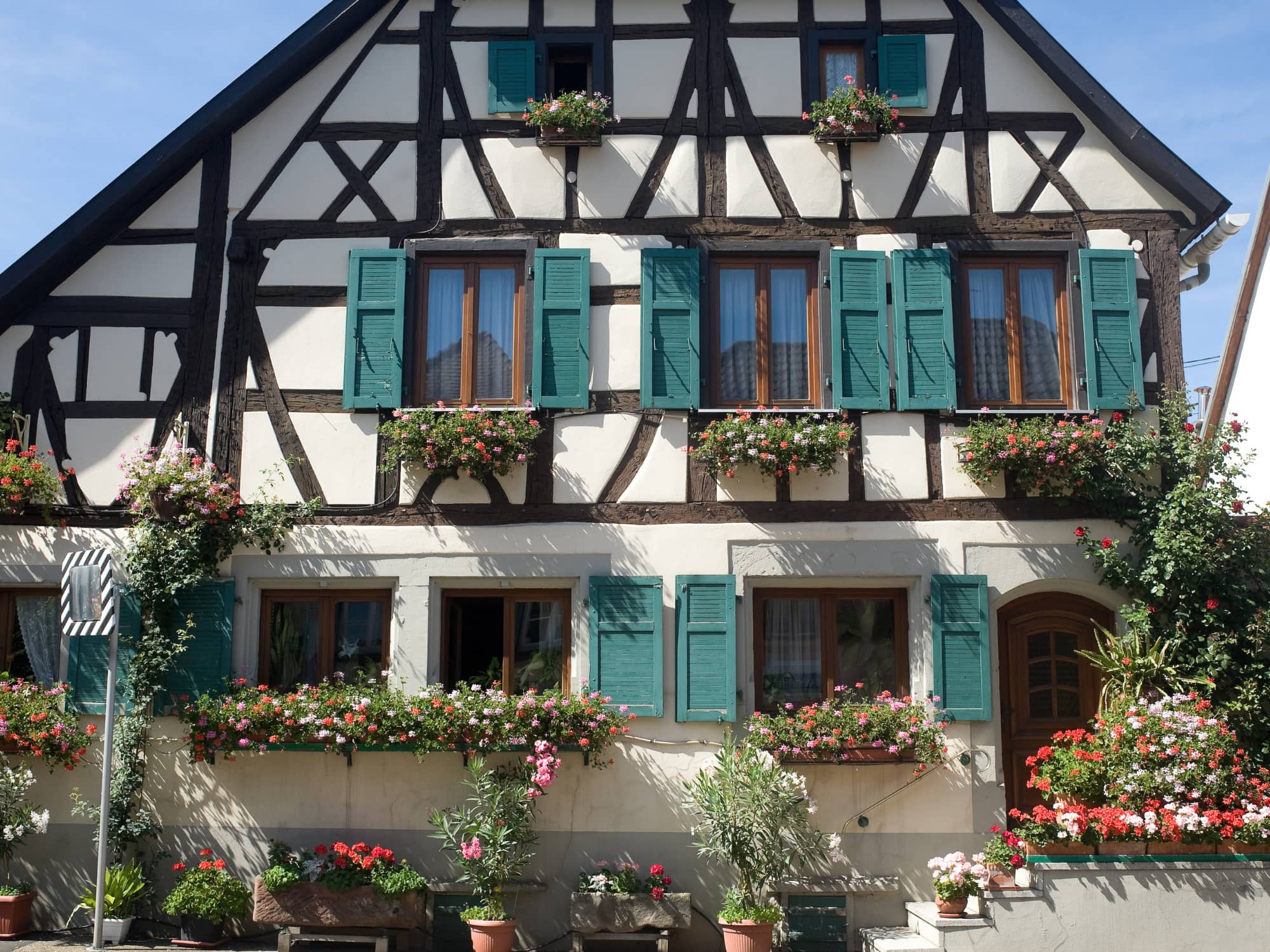The most ancient Jewish cemetery remaining in Padua is located in via Wiel. It was used from the 16th until the 18th century and it is located outside the Medieval city walls, but protected by 16th century bastions. It was enlarged in 1653 thanks to Salomone Marini, rabbi of the “Università degli ebrei Portoghesi di Padova” (“University of Portuguese Jews in Padua”). The cemetery hosts, among many burials, the tomb of Meir Katzenellenbogen. He was born in Prague in 1473 and died in Padua in 1585. He is the author of the “Responsa”, in which he explains the role of the rabbis of his age as Doctors of the Law rather than intermediaries between the Faithful and God. Rav Meir’s and his son Samuel’s (a talmudic rabbi himself) tombs, are visited by people from all over the world as shown by the small stones put on the tombstone.
Another famous tombstone is the one of Abram Catalan, a doctor from Padua; during the 1630-31 plague epidemic he was commissioned, with three other Jewish doctors, to watch life conditions in the Ghetto, taking the necessary measures to contain the contagion. In that period 722 people lived inside the ghetto of Padua: 634 of them were affected by the plague and 421 died. Those dead were probably buried in mass graves as no evidence has been found inside the cemetery.
